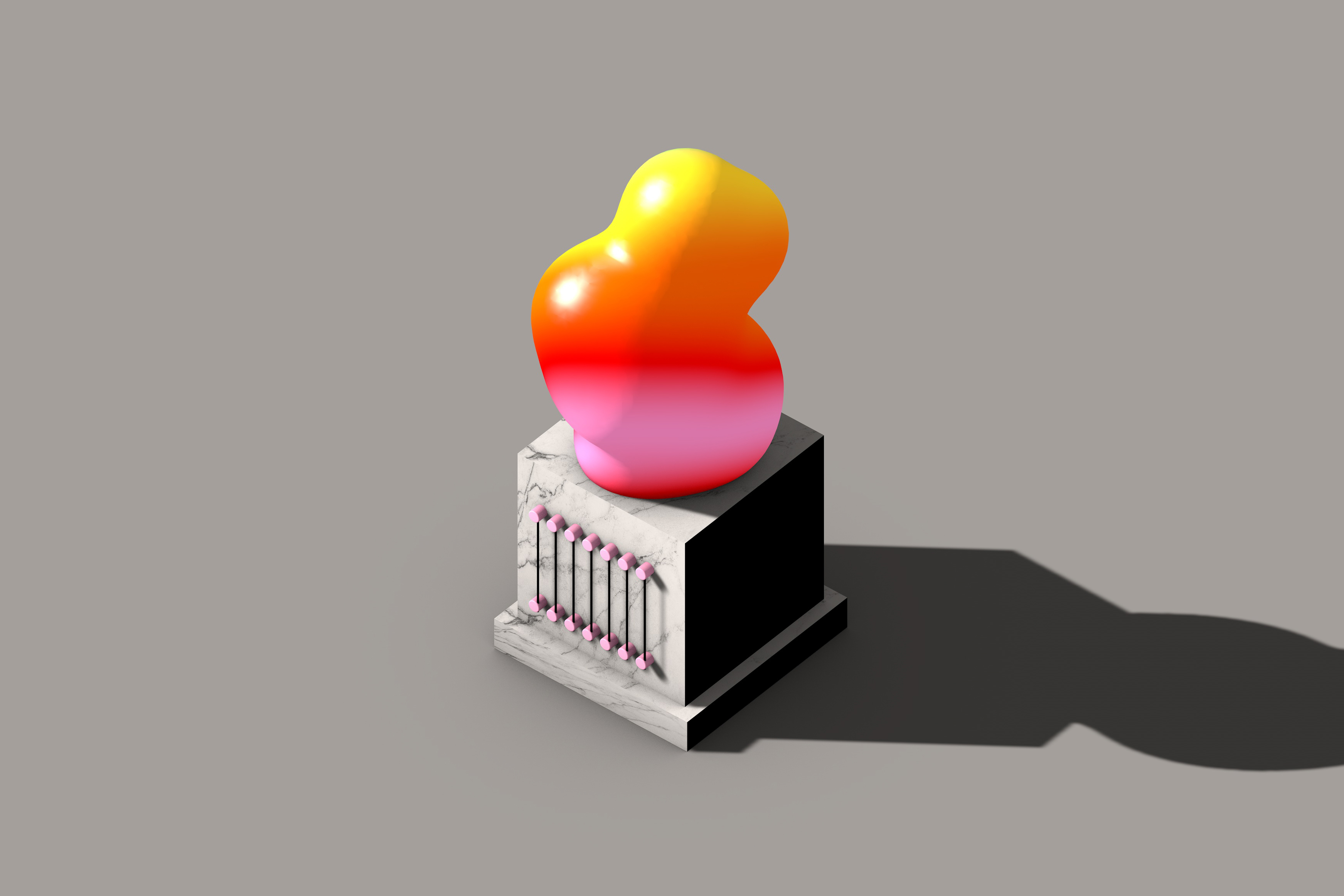Strange Structures: How Maryanne Amacher Made Shapes with Sound
Tirhakah Love examines a performance of two works by the visionary American composer and installation artist
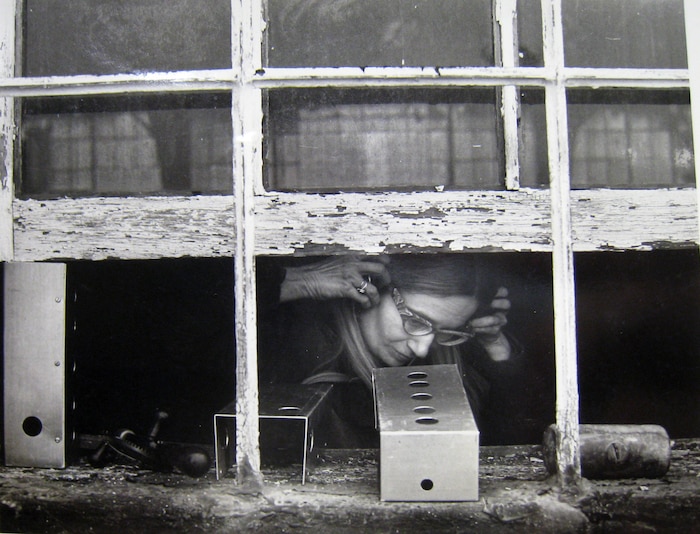
Maryanne Amacher’s compositions coax the ear into a distinct consciousness. Her study of the organ and, in particular, how auditory systems introduce and interpret sound into the brain, imbue her sonic installations with equal parts weightiness and welcome.
The dual-headed performance of her sonic installations in mid-April 2019 – Adjacencies and Petra – culled together by Supreme Connections (a collection of her friends, collaborators and students) was the feature event of an Amacher-centric mini-fest aptly called Perceptual Geographies. Ambling the sanctuary of Holy Apostles and the Mediator Episcopal Church in Philadelphia, which served as the venue, I circled its diameter sprinkled with large speakers all emitting what was ostensibly the same tone. During my pace I felt, most conspicuously, the contours of my ears figuring themselves amid the layers of often divergent sound. This particular visceral effect is a result of what the Philadelphia-based artist called the “listening mind” in motion. She was interested in the sonics found in daily minutiae and the ways our location within them shaped an experience that often goes unheard.
What remains unequivocally present with Amacher’s sound is the urgent necessity of radicality and a celebration of the geography of the human body.
Born in Kane, Pennsylvania in 1938, Maryanne Amacher first studied piano at the Philadelphia Conservatory of Music, then cultivated her interest in composition while earning her undergraduate in music at the University of Pennsylvania in 1964. Three years later, while wrapping up a residency at the University of Buffalo, Amacher debuted her City-Links series, which was the first time she put the experimental genre on to the large-scale installation curiosity that’d she built over her time in university. The 22-part presentation saw the artist piping in sounds from 28 different cities, mixed over telephone lines and performed in concert halls, radio stations and museum spaces. Her investment in the material of sound, and the way it could be harnessed and manifested into distinct shapes, set Amacher apart from her counterparts. Her awareness of human and sound location fastened her work in a kind of humanism that avoided overshadowing the presence and power of nature.
In the early ’70s, during a four-year residency at the Massachusetts Institute of Technology, where she studied psychoacoustics, Amacher famously routed in sound from Boston Harbor so as to “locate the basic tones that defined that environment.” But instead of just considering the location of the human, she also wondered how noises might be structured into their own observable shapes, structures and geographies. Combining her growing knowledge of Marvin Minsky’s synthesizer, the Triadex Muse, and burgeoning artificial intelligence technology, Amacher engineered new terrains where, in a single installation, one could feel as if they were wading the depths of the ocean floor or flipping moonsaults off the wing of a 747.
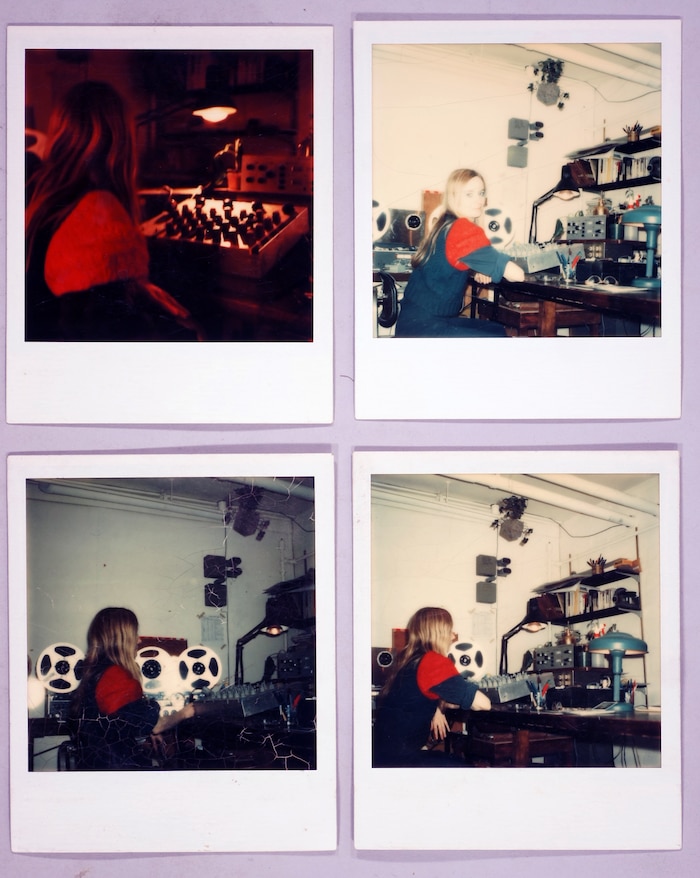
Amacher seems to have been deeply invested in the mingling of personhood and quotidian sound – both natural and human-made – especially in regards to the transportive quality of audible sensation. Her work takes up entire rooms as sound contours and breaks – the shapes are almost tangible, creating walls of sound within an already defined structure. The Supreme Connections renditions electrified the percussive mood of Adjacencies and Petra, allowing for drum licks to linger like their own chords, animating the cathedral space into a kind of purgatory between what we know is happening musically and what we actually experience. The strings are jazzed in this murky depth, sounding craven in the darkest corners of the arrangement, twisted there in the periphery, hyperextending toward the sky almost as if the walls were decaying.

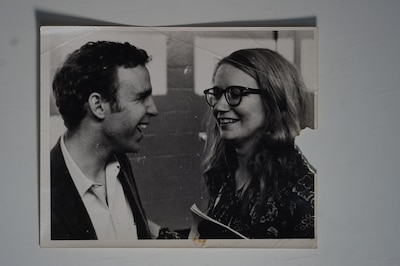
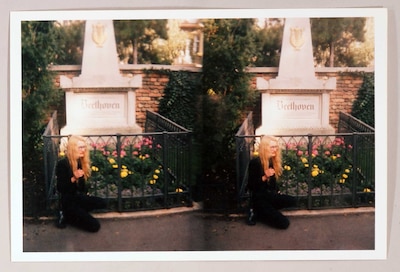
Amacher wasn’t shy when it came to spectacle. The show’s artistic director, Lawrence Kumpf, spoke directly to the composer’s pursuit of awe: “A big part of her work has to do with the dramatic elements, episodic, and the theatrical,” he remarks. When asked about how the cathedral amplifies that sense of diversity of sound and scale, Kumpf attributes the sanctuary’s expanse as its defining feature. “There’s more space to identify the sound; there’s more of a sense that the sound is moving around in this sort of grid as a result of the increased distance from the performers.” The pockets of sounds contained in the grid ranged from ambient to the alarming. Sections of the passage space droned with small aleatoric beeps creeping into the ear space while other terrains held sirens piercing through the ear’s comfort threshold. When sitting in the pews, these sounds would meld together in a singular stream, making those dynamics experienced on the outer edges feel spectral, special.
Whereas Petra is meant to be a wedding of diverging tones of nature and manufacture, Adjacencies is a much more straightforward composition made for two competing percussionists. We marched down to the Holy Apostles’ basement, where a staccatic xylophone strike popped the audience back to life. As the dueling xylophones established the core tones they’d later propel across the room, the foundational shots created a voluminous echo, once again emphasizing the movement and transience of cultivated noise. At times, I could see audience members turned backward, straining their necks to discover that, no, there wasn’t an extra set of pipes set up on the opposite end of the percenium.
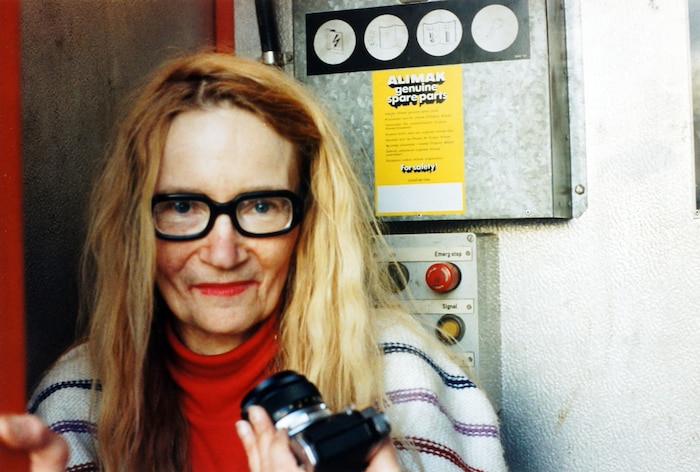
Adjacencies, it seems, does have its drawbacks, in the way listeners must compromise their ears for discovery in order to find enjoyment. The breadth of curious din can be overwhelming and even the musicians themselves experienced this flighty education. Kumpf describes the musicians’ process of dealing with that overload through their practice sessions being a test of balance: “The thing that’s interesting about Adjacencies is we have this 15-minute rehearsal recording of it; we have the score, the one complete score that exists in the archive of hers. And we worked on it for a while – the musicians had to learn it and the sound designers had to learn it. And it was one of those things where the first time we presented it, it felt like so much information came out of every performance of it. So each iteration is a continued exploration where there’s just more information; you’re learning more and more every time you perform it. It’s different every time we perform it so we learn something different every time we hear it.”
There is quite a lack of interest in understanding the poesis of the ear: how, exactly, our locality configures the music around us and, inversely, how the sound configured in the world around us accentuates human presence. Amacher’s music cannot be analyzed without the physiological presence of a human being. It cannot be translated over headphones, is not readily available on a compressed MP3 file, and it is the rarity of this excavation that is both endearing and off-putting, due to what can feel like an anachronistic way of receiving sound. But what remains unequivocally present with Amacher’s sound is the urgent necessity of radicality and a celebration of the geography of the human body. It was that appreciation for the human form that provided a foundation for the shapes Amacher would create until her death. Though the terrains are not often traversed, it is this sacred sonic ground where Amacher’s legacy of rapturous curiosity lives on.

